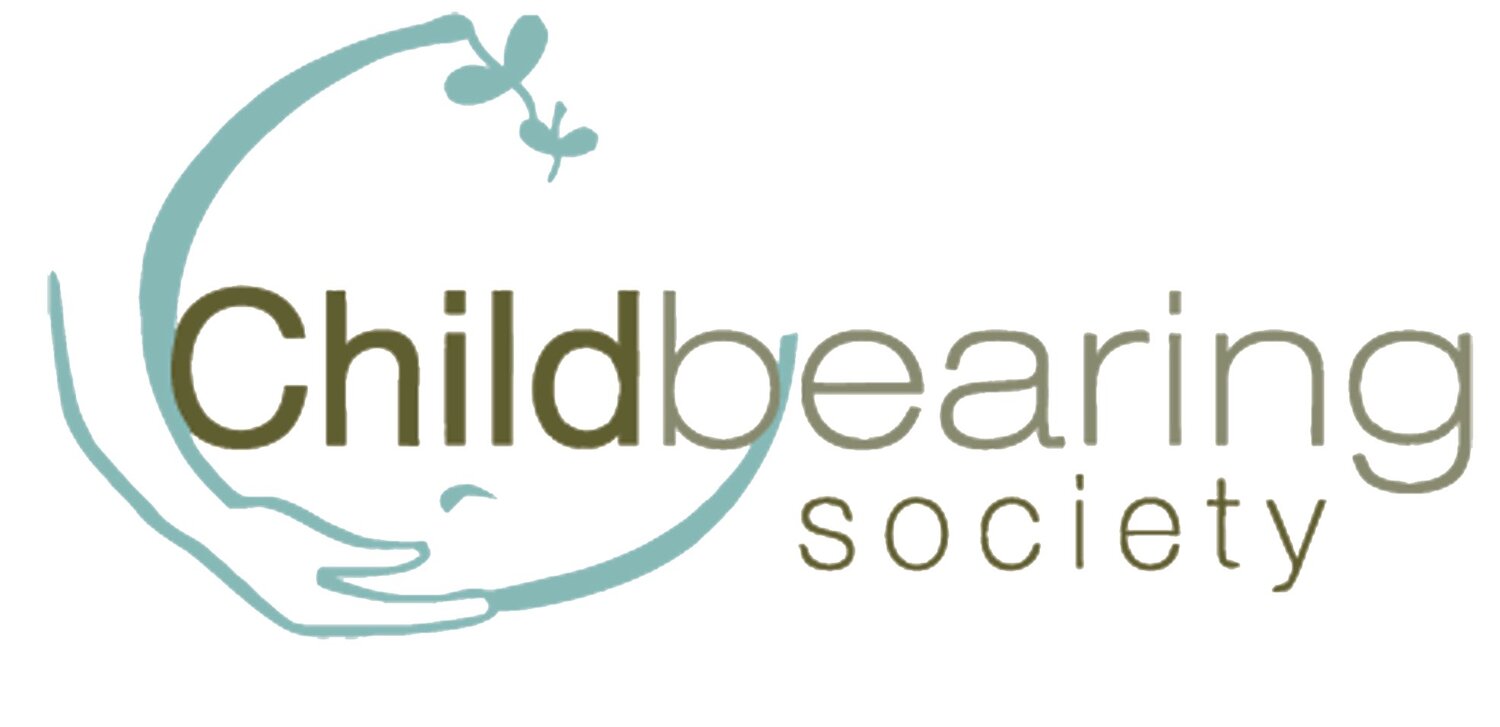Location, Location, Location: Choosing Baby’s Place of Birth
“Have you considered having a home birth?” My midwife had asked me in one of our first appointments. I promptly responded no, but the question spurred a few thoughts: “I’m a nurse. How could I even consider that?” “That can’t be safe.” “The hospital is the safest place to deliver.” “Only hippies do that these days.” I didn’t give it much more thought than that at the time.
Being pregnant with my first baby, I was obviously interested in what the birth experience would be like and began watching birthing television shows to see what the experiences of other women were like. I began noticing a trend that a majority of women on the show had some sort of intervention implemented, like taking pitocin or having an epidural, and many of these women ended up requiring caesarean deliveries. Was this a coincidence? I needed more information.
Shortly after, I watched “The Business of Being Born” produced by Ricki Lake. I was shocked to learn that America had one of the worst rates of caesarean section deliveries. It made me question if Canada’s rates were similar. I was amazed to find out that according to the Canadian Institute for Health Information (2013), the caesarean rate in Canada is 27.2% and within BC it is 32.0%. In other words, about 1 in 3 women have caesarean sections in BC! I know in many cases it is not preventable, but that is still really high. I learned that when interventions are started during labour it can have a snowball effect, and the likelihood of requiring further interventions increases. I didn’t want any interventions, especially a caesarean section. That is major surgery. So, I started doing more research on things I could do to try to prevent this.
At this point I knew I absolutely wanted to have a natural childbirth, but I still wanted to have the baby at the hospital. The birthing unit at the hospital where I was supposed to deliver my baby had rooms that looked almost as comfortable as my own bedroom. It had big windows, a big bathtub, and did not look like a hospital room. I felt I would be comfortable there. However, about a month before my due date I found out the ward would be closed because of lack of staffing. The ward that I was now to deliver in had rooms that were cold and sterile, with tiny showers, and no windows. I could not see myself coping with the intensity of labour in that space. This made me seriously begin questioning my choice of having a hospital birth.
I started doing more research on safety of home births and found that for low-risk, healthy mothers it was a very safe option. I read Ina May’s Guide to Childbirth (2003). This book gave me the confidence to truly consider having a home birth. One of my biggest concerns with home births was the lack of in depth information of risks. The author listed her percentage of caesarean births. I was astonished it was so low. This book addressed all of the concerns I had with childbirth at home. There were also many stories of women’s individual experiences with childbirth at home and it helped me imagine what it would be like for me.
I had a wonderful healthcare team working with me, which included two wonderful midwives and a very experienced doula. I asked them many questions. I made sure that I was going to feel safe with them looking after me at home. I also wanted to make sure they were comfortable with home births. I wasn’t shy about asking them about their percentage rates of natural and caesarean births. I trusted them completely and I feel like this is what really sealed the deal for me. They are professionals at delivering babies and at helping mothers manage labour. I had no concerns by the time I went into labour with my baby.
I ended up delivering a very healthy 9 pound 3 ounce baby boy in the comfort of my home. I wouldn’t have had it any other way.
Canadian Institute for Health Information, Health Indicators 2013. 2013, CIHI: Ottawa, ON.
Gaskin, I. A. (2003). Ina May’s Guide to Childbirth: Updated with New Material. New York, New York: Bantam Dell.
Lake, R. (Executive Producer), & Epstein, A. (Director). (2008). The Business of Being Born [Motion Picture]. United States of America: Barranca Productions.
Tracy Hoskins is a mother of an energetic and outgoing boy, and wife of a supportive and caring husband. She is also a practicing, Registered Nurse, and an avid DIY-er. In her spare time, she loves crocheting and knitting things for her family.
